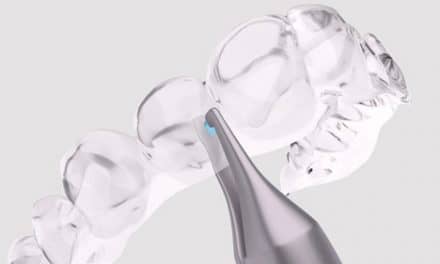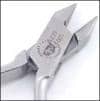by Elliott Moskowitz, DDS, MSd, and Laurance Jerrold, DDS, JD
Is corporate-supported continuing education a bad thing?
The dissemination of information through continuing education has become an industry unto itself. Universities, hospital programs, organized dentistry, study clubs, individual dentists, and dental manufacturers all compete in the continuing-education marketplace for both the support of practitioners who use their products and the dollars that such usage generates.
One of the major problems associated with continuing orthodontic education is determining the validity of currently endorsed techniques, procedures, products, instruments, and equipment. So much of our continuing education is proprietary in nature, and yes, this has become a huge problem.
Unfortunately, it is not a new problem; proprietary education, particularly in orthodontics, has been around for as long as our specialty has existed. Angle and Dewey had their own schools. Historically—and still today—orthodontic education in any meaningful form had to be obtained after graduation from a predoctoral program. Dental schools were notorious for keeping the secrets of how to move teeth sequestered amid the walls of the postgraduate orthodontic clinic. Thus, until recently, obtaining a sound orthodontic education was hard if you were a nonspecialist who had an interest in providing orthodontic services for your patients. This was reflected in the saying that, “You took your education in whatever motel you found it.”
This is somewhat understandable if one is willing to consider two obvious biases. The first is the “self” feature. In this case, the lecturer’s ego and pocketbook are enhanced by filling the void in the area of orthodontic education for those who want to be tooth jockeys. The second concern is the obvious “sell” feature. Here, one need only look at the inherent bias in the presentation of information because of the huge amounts of money that stand to be made by the manufacturing companies. While some of the posited education has good science behind it, unfortunately a lot of claims do not have much supportive evidence behind them.
Despite these obvious facts, all of the blame for creating this problem should not fall on the shoulders of the orthodontic manufacturers. In fact, one could rightly question where orthodontic education would be without corporate support. Currently, orthodontic postgraduate programs are quite often heavily supported, either directly or indirectly, by commercial entities. Major orthodontic suppliers and manufacturers have sponsored orthodontic alumni and resident activities; have supported orthodontic-department scientific meetings and events; have aided these programs by making substantial donations to their libraries; have provided world-renowned speakers to augment the curriculum as taught by the program’s faculty; and have offered discounts on orthodontic products or have simply given them to orthodontic departments, residents, and—in some instances—the faculty of these programs. Their participation and support are critically needed.
The onus of separating the “gold from the dross” falls upon the individual lecturers, the academic institutions, and the organizations that sponsor these continuing-education forums. The Continuing Education Recognition Program sponsoring entities have a responsibility to disclose potential conflicts of interest associated with either the speakers or the sponsoring dental manufacturers. Additionally, balanced views and opinions should be presented when feasible.
We consulted with Robert Edwab, DDS, executive director of the Greater New York Dental Meeting (GNYDM), one of the largest and most prestigious worldwide annual meetings, about this problem. Dr Edwab informed us that extensive workshops on the use of laser and bleaching technology will be presented at the GNYDM. A number of different companies will be invited to present their products and viewpoints so that the individual attendees can decide which product is best for them and their patients. We, in orthodontics, should consider such an inclusive concept. Being able to evaluate, for example, a number of self-ligating systems during the same meeting has a tremendous benefit. Point-counterpoint programs are not new to orthodontics and often leave the attendee invigorated and with a new perspective on the data presented. It also allows the cream of the crop to rise to the top.
So, let’s not blame the manufacturers. We need them, and they need us. Let’s encourage the presence of competing technologies in our educational forums and publications. Competition is a good thing. It leads to better and more efficient treatment modalities.
If you want to blame someone, let’s blame ourselves for too often acting like herd animals being led by those with the loudest and strongest voices. We should be blamed for not doing our due diligence, which is to question why those lecturing are saying what they are saying and whether there might be a conflict of interest of any sort. We should not rely on guru-founded dogma, but rather on whether or not acceptable evidence exists to support what is being espoused. We and our patients will be the ultimate beneficiaries of such enlightened activities. z
Elliott Moskowitz, DDS, MSd, is a diplomate of the American Board of Orthodontics and a clinical professor of orthodontics at New York University College of Dentistry. He maintains a private practice in New York City, and can be reached at [email protected].
Laurance Jerrold, DDS, JD, is a diplomate of the American Board of Orthodontics. He is the dean and program director of the School of Orthodontics at Jacksonville University in Florida. He can be reached at [email protected].









